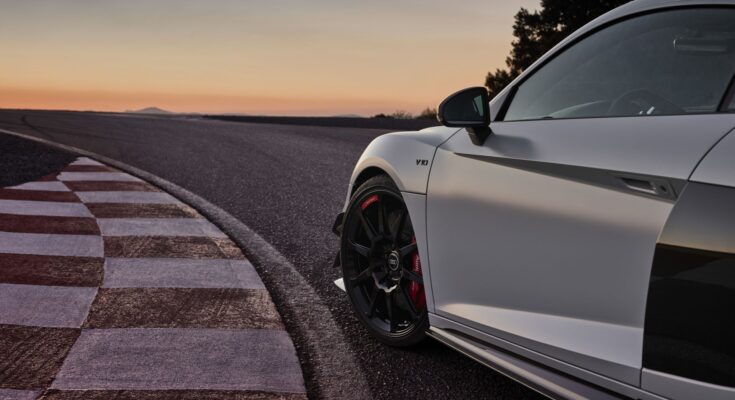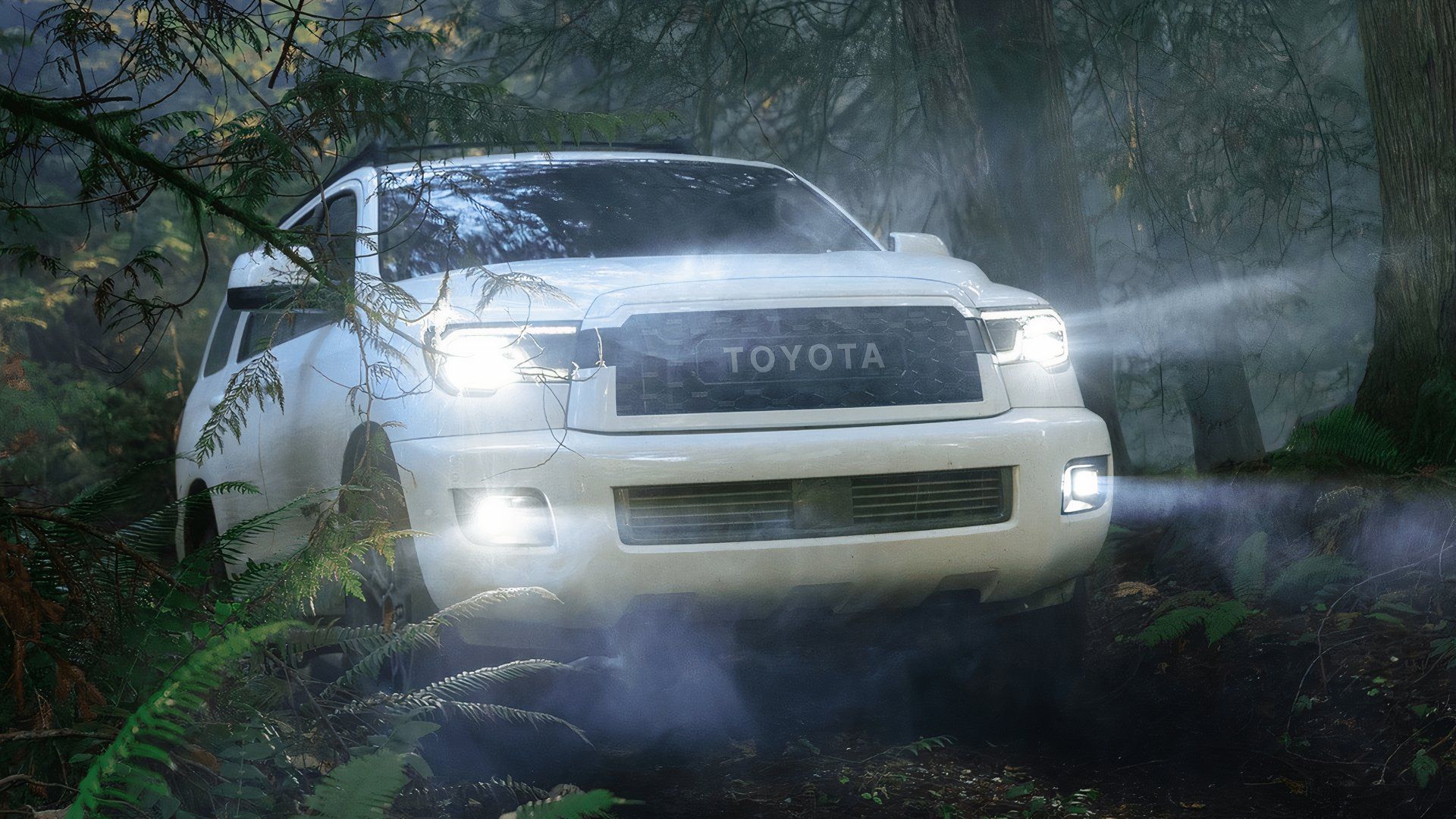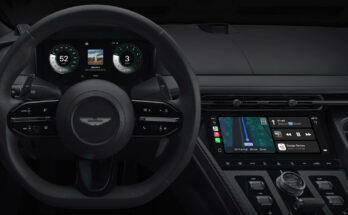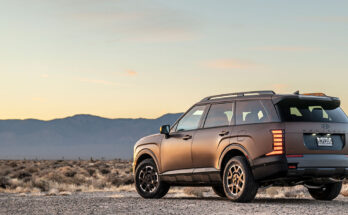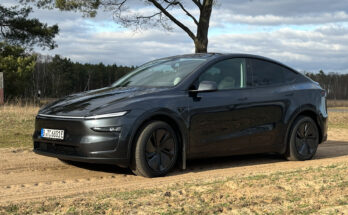We’re currently experiencing one of the most tumultuous periods in automotive history, and there have been casualties. As the industry races towards electrification, every company is employing bold new strategies they hope will give them the edge in the long run. While EVs were once hailed as the car of tomorrow, and in the end they still may be, now plans are in flux as hybrids take center stage. Companies are organizing, reorganizing, and reevaluating their entire lineups, and the cost to the consumer has been the death of some rather incredible vehicles.

On the one hand, it’s inevitable, especially when a model gets old, but on the other hand, we can’t help but think the reactionary measures taken by many automakers have led to beloved nameplates being curtailed sooner than necessary. However, one automaker’s trash is another consumer’s treasure, and due to the death of so many models, we now see a future where certain vehicles’ worth is going to rise dramatically in the not-so-distant future. We’ve chosen five vehicles we believe will soon skyrocket in value on the secondary market, and they encompass entire generations as well as specific variants. Cherish them while you can, because market appreciation is coming.
We explore five discontinued models that we predict will increase substantially in price in the near future due to their rarity, performance, and design, before analyzing how their deaths fit into the overall direction of the market. They’ve been placed in order from oldest to newest according to their last model year.
Toyota Land Cruiser J200
Final Model Year: 2021
|
Engine |
5.7-liter naturally aspirated V8 |
|---|---|
|
Power |
381 hp |
|
Torque |
401 lb-ft |
|
Drivetrain |
Full-time 4WD |
|
Towing Capacity |
8,100 lbs |
|
MSRP (2021) |
$85,515 |
The J200 Land Cruiser was on sale for quite a long time here in the US – 2008 to 2021 – yet it enjoyed a resilient life like many vehicles of its time, thanks to its decidedly old-school approach to motoring. It was a classic body-on-frame SUV, with large proportions, a comfortable interior, and a robust V8 under the hood. It was meant to be a dependable family vehicle with a robust quality that’s almost unheard of these days, and for those in the know, it was a silent but confident indicator of wealth.

Related
The Final Model Year Toyota Land Cruiser V8 Is All The SUV You Need For $80,000
You’ll pay big bucks for one of Toyota’s last V8-powered SUVs
Part of the vehicle’s great appeal was its off-road capability, thanks to a confident full-time 4WD system with a limited-slip locking differential, independent front suspension, and coil-sprung solid-rear axle. To improve off-road articulation, Toyota even added its innovative Kinetic Dynamic Suspension System (KDSS), which could disconnect the sway bars for greater wheel movement, while maintaining overall control on the road as well. Was it a hardcore mountain goat? Not really, but as a blend of two different worlds, it was a product that was hard to beat.
Most importantly, it gained a dedicated following, one that was very sad to see it go, and replaced by the new Land Cruiser Prado-based J250 Land Cruiser. Due to this, and its famed reputation for reliability, we only see prices going up in the future, when classic V8 SUVs like this are going to become a sought-after commodity.
Chrysler 300C
Final Model Year: 2023
|
Engine |
6.4-liter naturally aspirated V8 |
|---|---|
|
Power |
485 hp |
|
Torque |
475 lb-ft |
|
Drivetrain |
RWD |
|
0-60 mph |
4.4 seconds |
|
Production |
2,000 units (US), 200 Canada |
The Chrysler 300 was a vehicle from another age. Society has resoundingly shown it no longer has an appetite for naturally aspirated, RWD, premium American sedans anymore, despite how much they still offer the right individuals. Perhaps if the 300 had evolved, gone hybrid, or introduced innovative technology, things would have been different, but it was a car from a different age, and it was firmly stuck in the past.
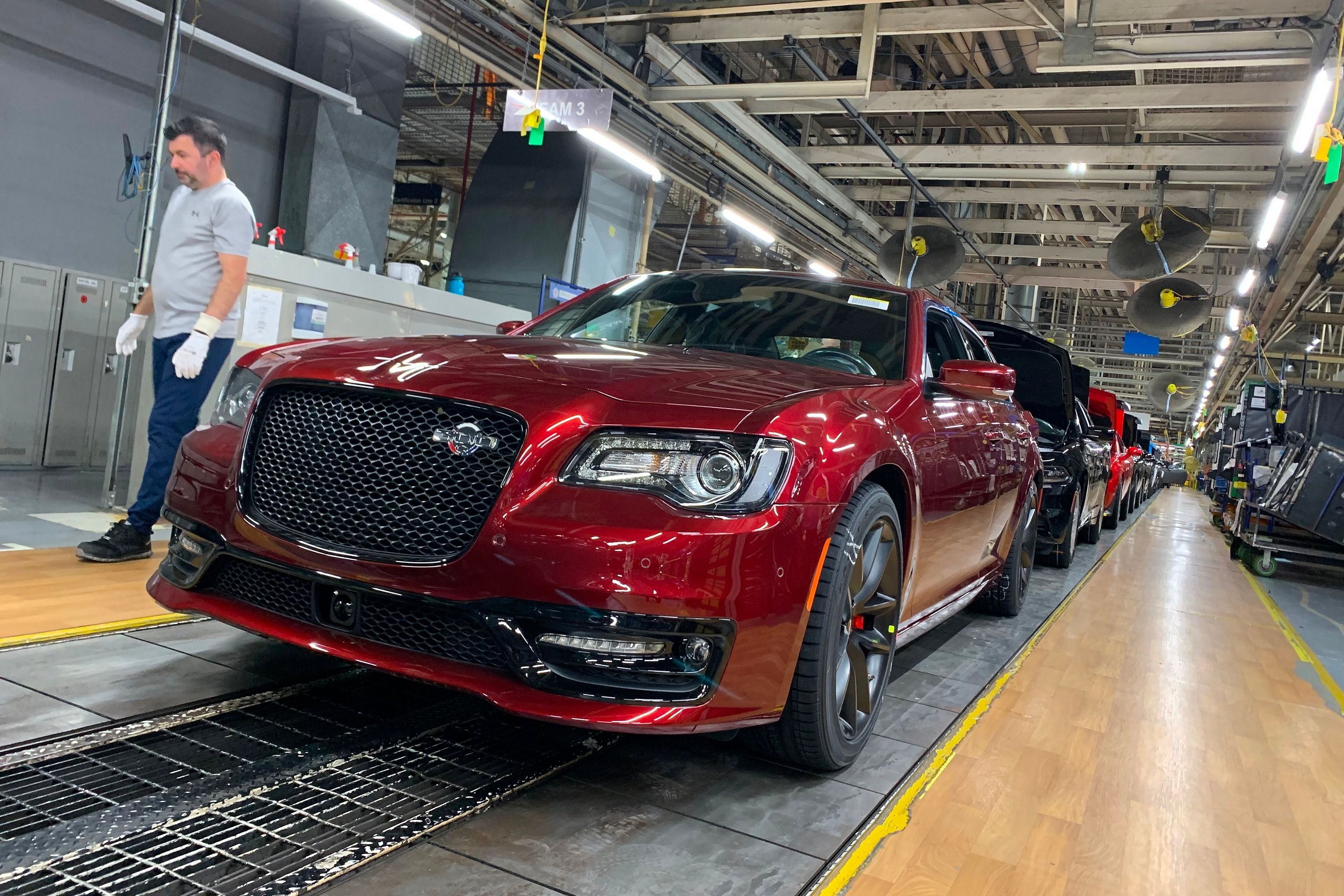
Related
Final Chrysler 300C Rolls Off The Assembly Line
The top-of-the-line 300 bows down in the name of electrification.
But sometimes the past can be good. Heck, sometimes the past is great, which is why it was so fitting that the company decided to offer a final version of the 300 with a powertrain like only we Americans know how to do best. The 300C debuted the subtle looks, and, besides the badging and some special colorways inside and out, you’d probably never notice it, but the real magic lay under the hood, where the 6.4-liter HEMI V8 returned in all of its 485-horsepower glory.
Paired with an 8-speed automatic that sent all of that power to the rear wheels through a 3.09:1 rear end, it was a tire-ripping good time, and the perfect way to commemorate an American icon. Only 2,000 were allocated for the US, and they sold out in hours. Will the HEMI return to a Chrysler product? It’s still too early to tell, but given how aimless the brand is right now, it’s pretty safe to say this may very well be the last naturally aspirated V8 Chrysler ever made, setting it up for incredible prices in the future.
Audi R8 GT
Final Model Year: 2023
|
Engine |
5.2-liter naturally aspirated V10 |
|---|---|
|
Power |
602 hp |
|
Torque |
413 lb-ft |
|
0-60 mph |
3.3 seconds |
|
Drivetrain |
RWD |
|
Production Limit |
333 units worldwide |
The Audi R8 was a brand-defining supercar, and one of the most incredible vehicles of the 21st Century. It combined Audi’s relentless quest for improved performance into a breathtaking package, creating a livable supercar that undeniably encapsulated what the German brand was all about. Over two generations, it was loved, but even it couldn’t outrun the relentless pursuit of time. The 2023 Audi R8 GT was a farewell to a modern icon, and the company ensured it was more than a cherry on top of the R8 lineage.
With the 5.2-liter naturally aspirated V10 under the hood tuned to produce 602 horsepower, and the rest of the car put on a lean diet of carbon fiber, the model was meant to be the purest expression of what an R8 could be, and we can tell you from experience that it drove as incredible as it looked. There was no Audi Quattro here, just all of that horsepower and torque sent strictly to the rear wheels through a seven-speed DCT. It wasn’t a car meant for outright acceleration as much as it was meant for pure driving pleasure, and in that, it delighted the senses as you reached the corner, clamped down on the carbon ceramic brakes, and then powered out of the turn with some calculated oversteer to shred the rear tires.
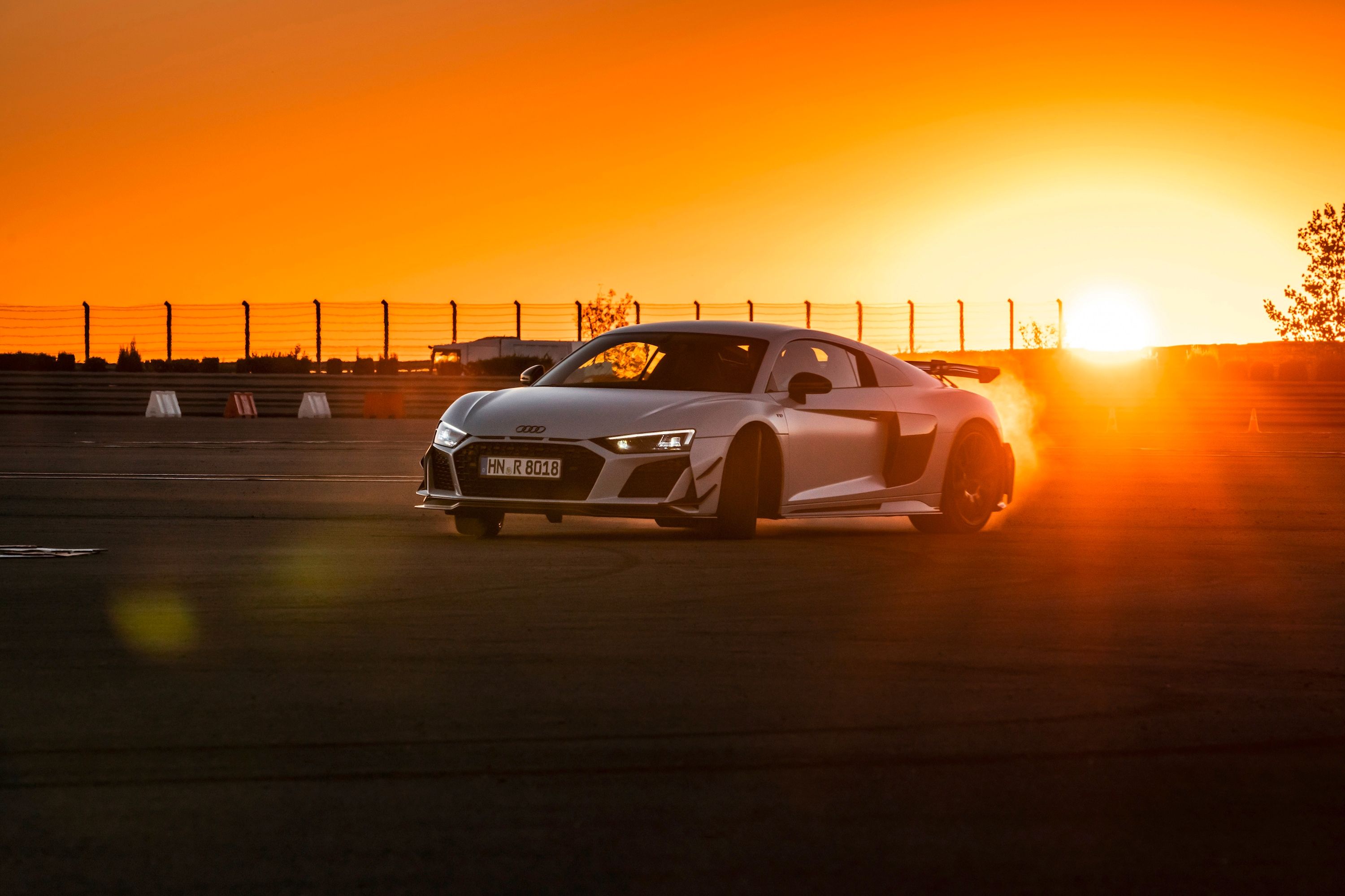
Related
2023 Audi R8 GT First Drive Review: Rage Against The Dying Of The Light
The V10 engine will not go quietly into that good night.
It was a car built for emotion, something that’s desperately missing from the automotive industry these days. Only 150 were destined for the US at $249,900. Each one was quickly snatched up by well-to-do individuals who relished the opportunity to own the last of Audi’s V10 supercars. Will many be driven? Probably not, and even less will be driven as they should, but the owners know they are sitting on a goldmine, one that will pay out in droves when the time is right, even if Audi does create a successor.
Jaguar F-Type R
Final Model Year: 2024
|
Engine |
5.0-liter supercharged V8 |
|---|---|
|
Power |
575 hp |
|
Torque |
516 lb-ft |
|
Drivetrain |
AWD |
|
0-60 mph |
3.5 seconds |
The Jaguar F-Type was the first and last true sports car the company had produced in decades, so there was a lot riding on its success. It had to live up to expectations created by some of the most famous sports cars of all time – XK 120/150/180, E Type, D Type – which is to say, the cards were stacked against it. However, it had a gorgeous Ian Callum-penned design, exceptional RWD dynamics, and V6 and V8 engines under the hood. It had all the tools to succeed, and over 11 long years, succeed it did.
Was it as sharp as a Porsche 911 or as expertly appointed as a Mercedes-AMG GT? No, but it was still achingly beautiful and offered V8 performance in a tidy package that was just begging to be let loose. The F-Type R was then the top cat in the F-Type range, packing an incredible 5.0-liter supercharged V8 that produced more power than anyone could ever need in a car like that. RWD or AWD was up to you, as was a coupe or convertible, but no matter what you picked, you were in for such a blistering performance it was almost frightening. Gorgeous and dangerous? Count us in.
While the F-Type R wasn’t sold in particularly low numbers, it wasn’t a volume seller either, at nearly $115,000. While we don’t expect prices to jump up in the next year or two, we do expect them to rise steadily once Jaguar’s daring electric reinvention is in full swing. We have a feeling it’s going to send more than a few buyers back into the arms of the brand’s old products.
Volvo V60 Polestar Engineered
Final Model Year: 2024
|
Engine |
2.0-liter turbocharged & supercharged I4 + plug-in hybrid |
|---|---|
|
Total Output |
455 hp |
|
Torque |
523 lb-ft |
|
Drivetrain |
AWD |
|
Transmission |
8-speed automatic |
|
Electric Range |
41 miles (EPA estimate) |
Volvo has never been one to make a splash; it’s always been about refined, even restrained performance in an unassuming package brimming with anger around the edges. Many of the previous R models exemplified this, punching above their weight with their turbocharged and supercharged engines, but the recently deceased V60 Polestar Engineered perfected the formula.
Wagons deserve more love, and Volvo has never been shy about heaping attention upon the famed body style. The second-generation V60 was a beautifully styled model with strong haunches and a sleek silhouette. The Polestar model accentuated these curves without drawing too much attention to itself, with flashes of gold hinting at the performance hiding underneath. Sitting on adjustable Ohlins dampers, in its last years, the model paired a 312-horsepower turbocharged four-cylinder engine with a 143-horsepower electric motor in the rear, combining for a total of 455 horsepower and 523 lb-ft of torque.
19:33

Related
Driven: 2024 Volvo V60 Recharge Polestar Engineered Is An Instant Cult Classic
Not everyone knows it’s cool – which is exactly what makes it so cool.
Acceleration was dominant, with the wagon capable of hitting 60 mph in just 4.3 seconds, and it handled itself with serious poise at speed. But this wasn’t a car meant to set lap times as much as it was meant to unassumingly close the gap on the freeway. It was restrained and even frugal, capable of posting 31 MPG with just the engine, and offering 31 miles of electric-only range. Did we mention it was a PHEV? Yes, this is the perfect vehicle for the modern, connected individual, and now that it’s gone, we believe buyers will soon grow to realize what they’ve been missing, especially when all the reasonably priced wagons are kicked to the curb.
Why These Cars Were Discontinued, And What Comes Next
All of these vehicles are drastically different from one another, yet they each represent something meaningful in their own way, whether that be a legendary engine, a beloved body style, or a bygone approach to performance. Each offers something missing in the industry today, and their deaths tell us a lot about where the industry is headed.
In nearly every case, these models were killed off thanks to a mix of shifting consumer tastes, tightening emissions regulations, and a concerted march towards electrification. The 300 and Land Cruiser were too old and inefficient. The R8’s V10 isn’t up to the performance and emissions demands of the modern day. The F-type doesn’t fit into Jaguar’s electric future. The only one that’s mildly peculiar is the V60, given that it is a PHEV, but wagons have never been hot sellers here, and the company is certainly capable of improving the technology that was offered there.
Car companies are having to make tougher decisions in the face of growing competition and increased public scrutiny. Sure, we enthusiasts are vocal about our love for models that are, at their core, somewhat flawed, but often don’t put our money where our mouths are, leaving us to complain in the shadows to one another about how everything is new, is bad, and how we wish we could go back to the way things were.
But the reality is that everything new isn’t bad. In fact, much of it is very, very good, and the capability afforded by electrification in all aspects has advanced performance in ways we could never have imagined 20 years ago. The vehicles that are set to come out in the coming years are going to rewrite how we look at cars, and ultimately take us in a direction that’s going to be beneficial for everyone.
Does that mean you have to like it? No, but that’s why we recommend finding your little piece of history while they’re still affordable, because when everything’s electric, these are the vehicles consumers will be seeking out, ready to empty their pockets for a chance to feel that nostalgia once again.
